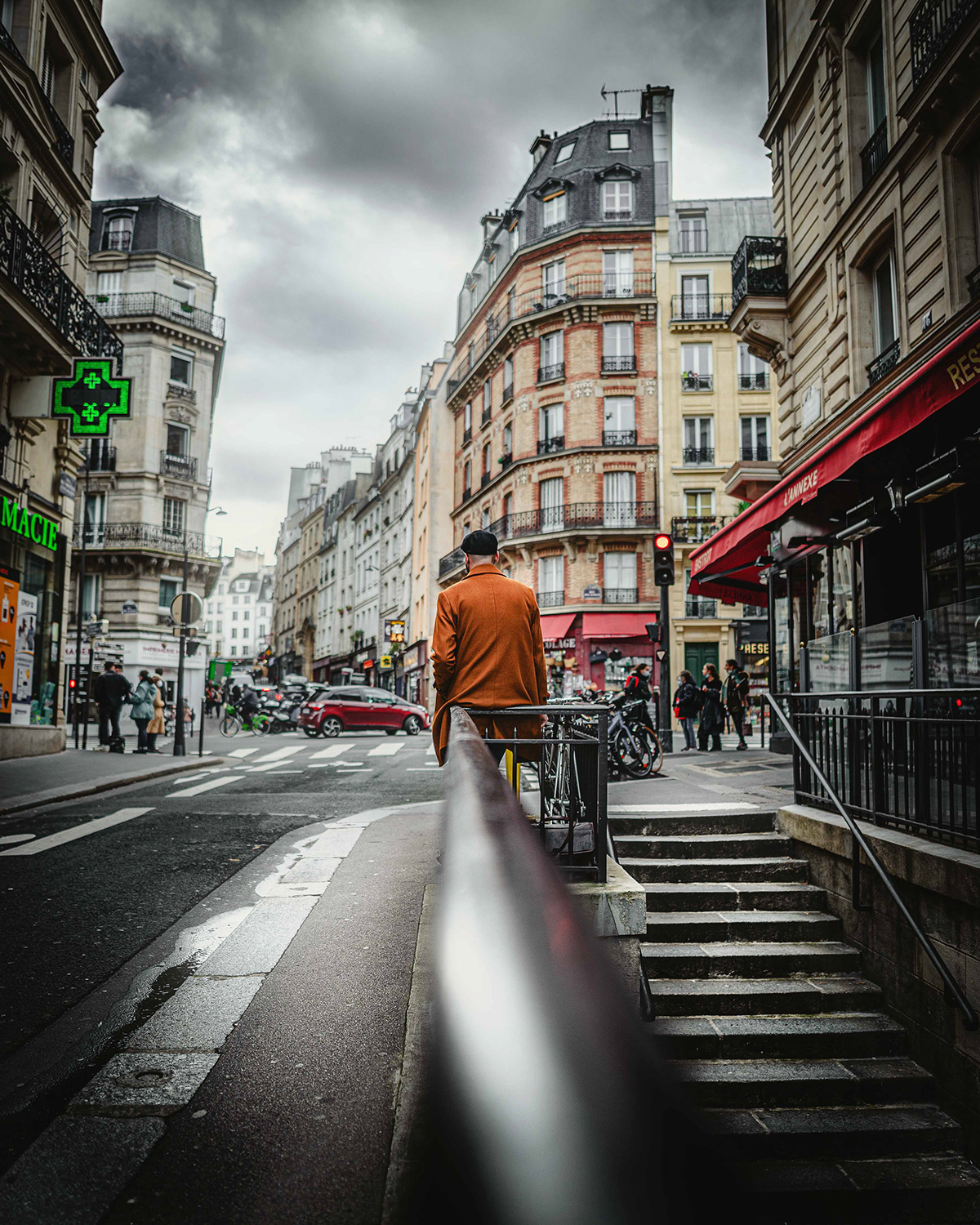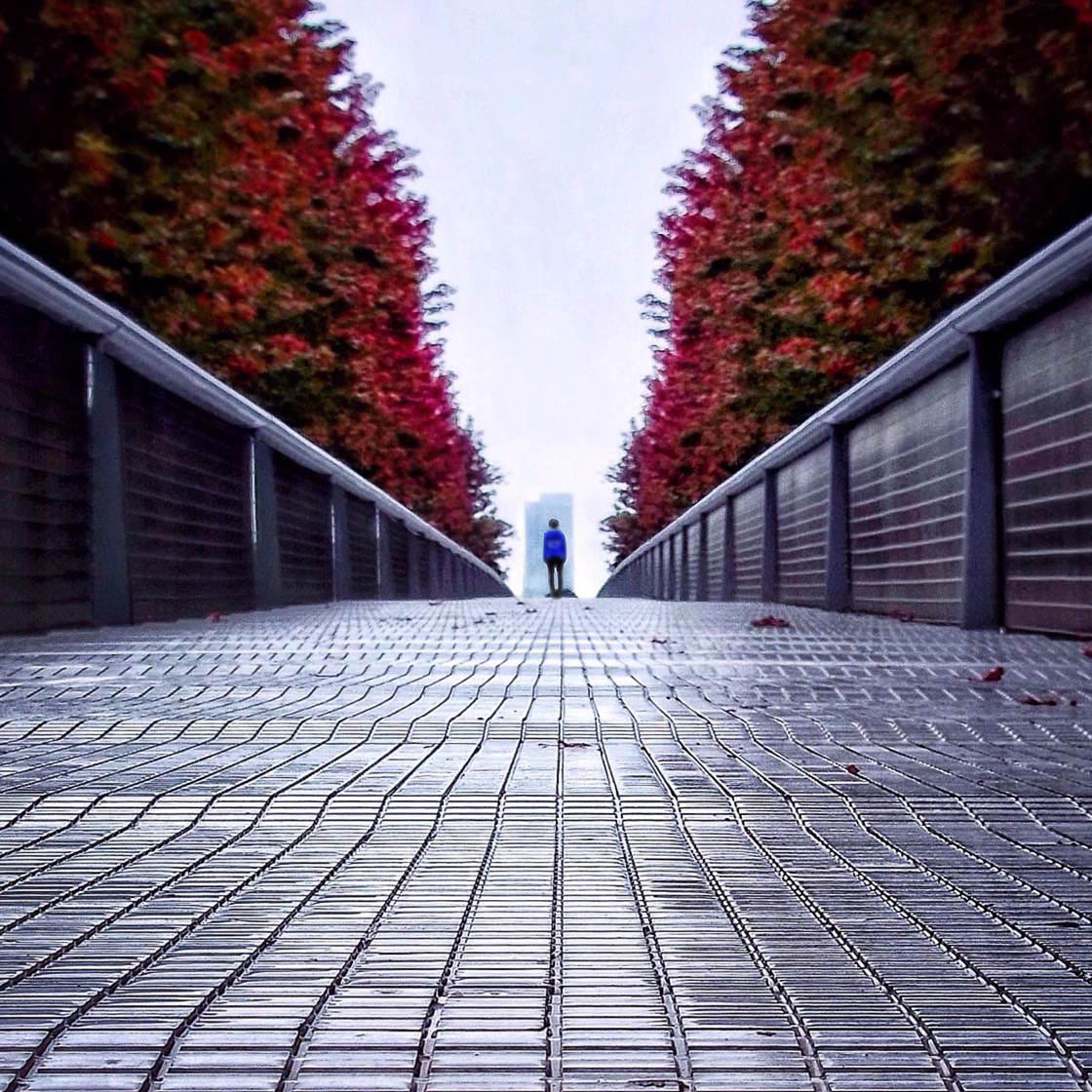Street Photographers for Dummies
Street Photographers for Dummies
Blog Article
The 7-Minute Rule for Street Photographers
Table of ContentsStreet Photographers for BeginnersGetting My Street Photographers To WorkThe Basic Principles Of Street Photographers Fascination About Street PhotographersThe Main Principles Of Street Photographers
Road photographers do not necessarily have a social function in mind, yet they like to isolate and record minutes which could otherwise go undetected.He was influenced by several of those that affected the road digital photographers of the 1950s and '60s, he was not mainly interested in capturing the spirit of the road. The impulse to aesthetically document people in public began with 19th-century painters such as Edgar Degas, douard Manet, and Henri de Toulouse-Lautrec, that worked side by side with professional photographers trying to catch the significance of city life.
Due to the comparatively primitive innovation available to him and the long exposure time required, he had a hard time to capture the stress of the Paris streets. He explored with a series of photographic techniques, attempting to locate one that would certainly enable him to record motion without a blur, and he located some success with the calotype, patented in 1841 by William Henry Fox Talbot. Unlike Atget, digital photographer Charles Marville was worked with by the city of Paris to create an encyclopaedic document of Haussmann's urban preparation task as it unfolded, hence old and new Paris. While the photographers' topic was basically the exact same, the outcomes were substantially various, showing the effect of the professional photographer's bent on the character of the photos he produced.
Little Known Facts About Street Photographers.
Given the great quality of his photographs and the breadth of material, designers and artists often bought Atget's prints to utilize as referral for their very own job, though industrial rate of interests were hardly his major motivation. Instead, he was driven to picture every last remnant of the Paris he enjoyed.

Unlike his peers, Brassa made use of a larger-format Voigtlnder video camera with a longer exposure time, requiring him to be a lot more calculated and thoughtful in his method than he could have been if utilizing a Leica. (It is thought that he might not have actually been able to manage a Leica at that time, but he did, however, make use of one in the late 1950s to take colour pictures.) Brassa's photos of the Paris abyss lit up by artificial light were a revelation, and the collection of the collection that he released, (1933 ), was a major success.

Getting The Street Photographers To Work
It is since of this fundamental understanding of the art of photo taking that he is commonly credited with rediscovering the medium all over again about a century given that its innovation. He took photographs for even more than a half century and influenced generations of photographers to trust their eye and intuition in the moment.
These are the concerns I shall try to my website answer: And afterwards I'll leave you with my own definition of street digital photography. Yes, we do. Allow's start with specifying what a meaning is: According to it is: "The act of specifying, or of making something certain, unique, or clear".
No, absolutely not. The term is both restricting and misinforming. Appears like a road digital photography should be photos of a streets ideal?! And all street professional photographers, besides a tiny number of outright novices, will fully value that a road go is not the crucial element to road photography, and actually if it's a photo of a road with perhaps a few dull people not doing anything of passion, that's not street photography that's a photo of a street.
The 15-Second Trick For Street Photographers
He makes a legitimate factor do not you believe? However, her response while I concur with him I'm not sure "honest public photography" will capture on (although I do type of like the term "honest photography") due to the fact that "road photography" has actually been around for a long period of time, with numerous masters' names connected to it, so I believe the term is here to remain.
You can fire at the beach, at a celebration, in a street, in a park, in a piazza, in a cafe, at a gallery or art gallery, in a metro terminal, at an event, on a bridge, under a bridge ...
Everything about Street Photographers
Yes, I'm afraid we terrified no choice! Without rules we can not have a definition, and without an interpretation we do not have a genre, and without a category we do not have anything to define what we do, and so we are stuck in a "policies interpretation genre" loop! - Street Photographers

Report this page